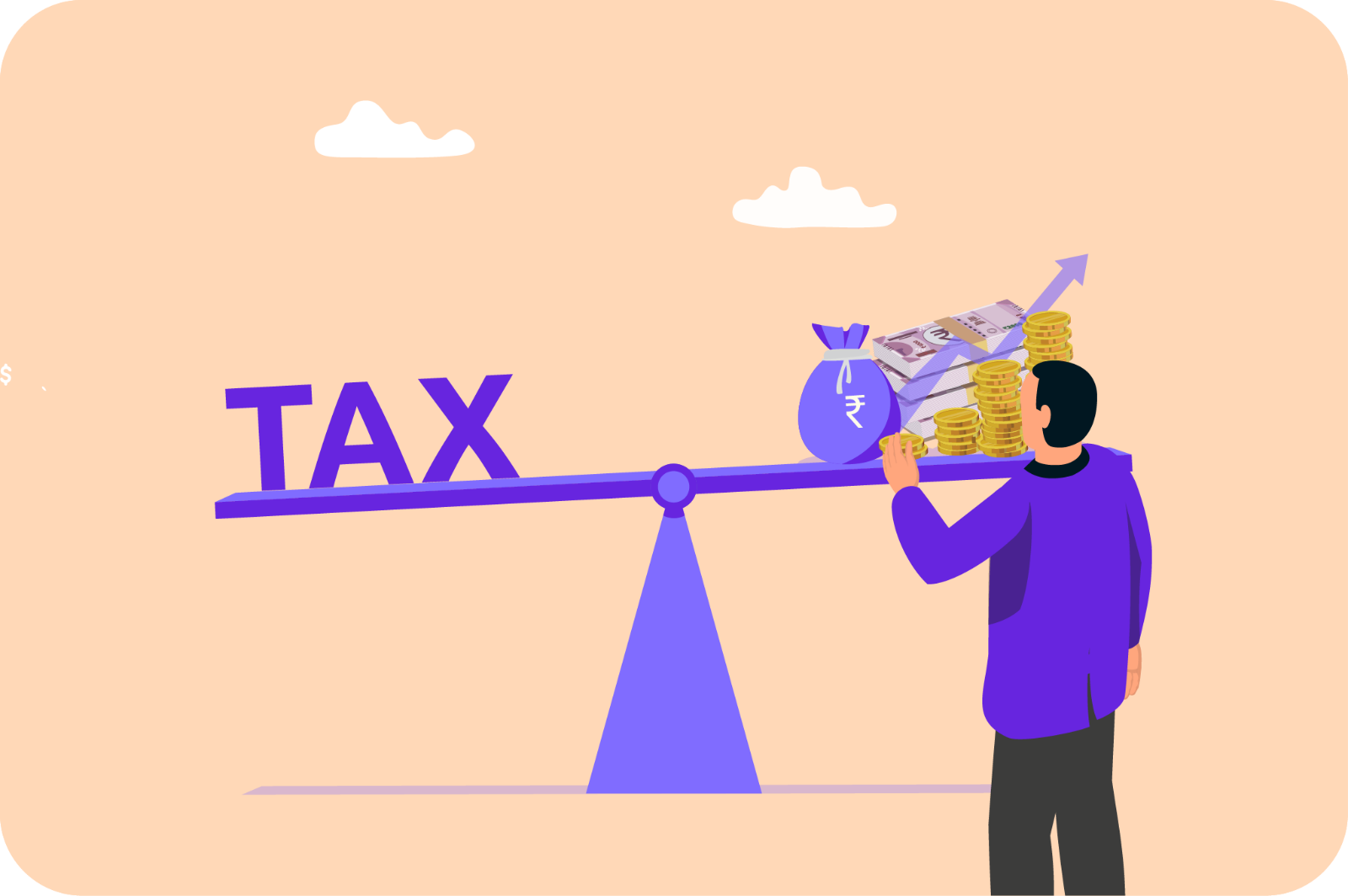Investing can be a lucrative way to grow your wealth over time, but it’s essential to understand the tax implications that come with it. Whether you’re earning dividends, capital gains, or interest from your investments, the Internal Revenue Service (IRS) requires you to report and pay taxes on that income. In this article, we’ll walk you through the ins and outs of paying taxes on investment income in the USA.
Understanding Different Types of Investment Income
Before delving into how to pay taxes on investment income, it’s crucial to understand the various types of income that may arise from your investments:
1. Dividend Income: Dividends are payments made by corporations to their shareholders. They can be classified as qualified or non-qualified, depending on how long you’ve held the stock. Qualified dividends are typically taxed at a lower rate than ordinary income.
2. Interest Income: This includes interest earned from savings accounts, CDs, bonds, and other fixed-income investments. It’s taxed at your ordinary income tax rate.
3. Capital Gains: Capital gains arise when you sell an investment for more than you paid for it. They can be short-term (held for one year or less) or long-term (held for more than one year). The tax rate on capital gains varies depending on your income level and how long you held the investment.
Reporting Investment Income
Now that you understand the types of investment income, let’s discuss how to report them on your tax return:
1. Form 1099: Financial institutions are required to provide you with Form 1099, which summarizes your investment income for the year. You’ll receive different versions of Form 1099 for different types of income (e.g., Form 1099-DIV for dividends, Form 1099-INT for interest).
2. Schedule B: If you have interest or dividend income totaling more than $1,500, you’ll need to complete Schedule B and attach it to your tax return.
3. Schedule D: Use Schedule D to report your capital gains and losses from the sale of investments. Be sure to accurately calculate your gains and losses, taking into account any adjustments or carryovers from previous years.
Calculating and Paying Taxes
Once you’ve reported all your investment income, it’s time to calculate the taxes owed:
1. Ordinary Income Tax: Interest income and non-qualified dividends are taxed at your ordinary income tax rate, which ranges from 10% to 37%, depending on your taxable income.
2. Qualified Dividend Tax Rate: Qualified dividends are taxed at the capital gains tax rates, which are typically lower than ordinary income tax rates. For most taxpayers, the rates range from 0% to 20%.
3. Capital Gains Tax: Short-term capital gains are taxed at your ordinary income tax rate, while long-term capital gains are taxed at preferential rates ranging from 0% to 20%, depending on your income level.
4. Net Investment Income Tax (NIIT): Taxpayers with higher incomes may be subject to an additional 3.8% tax on their investment income to help fund Medicare.
5. Estimated Tax Payments: If you expect to owe more than $1,000 in taxes on your investment income, you may need to make estimated quarterly tax payments to avoid underpayment penalties.
Strategies to Minimize Taxes on Investment Income
While paying taxes on investment income is unavoidable, there are strategies you can use to minimize your tax liability:
1. Tax-Advantaged Accounts: Consider investing in tax-advantaged accounts such as 401(k)s, IRAs, or Health Savings Accounts (HSAs), where your contributions grow tax-deferred or tax-free.
2. Tax-Loss Harvesting: Offset capital gains by selling investments at a loss. This can help reduce your overall tax liability.
3. Invest in Municipal Bonds: Interest earned from municipal bonds is typically exempt from federal income tax and may also be exempt from state and local taxes, depending on where you live.
4. Hold Investments for the Long Term: By holding investments for more than one year, you may qualify for lower long-term capital gains tax rates.
Maximize Retirement Contributions: Contributing to retirement accounts not only helps you save for the future but also reduces your taxable income.
Conclusion
Paying taxes on investment income is a necessary part of managing your finances as an investor. By understanding the different types of investment income, properly reporting them on your tax return, and utilizing tax-efficient strategies, you can minimize your tax liability and keep more of your hard-earned money working for you. Be sure to consult with a tax professional or financial advisor to ensure you’re taking full advantage of all available tax-saving opportunities.

